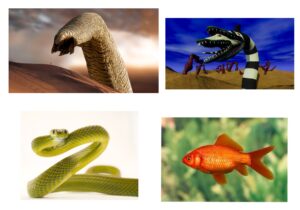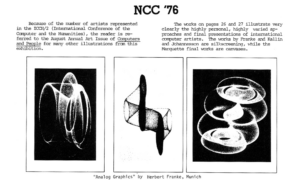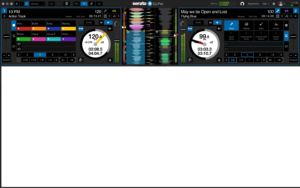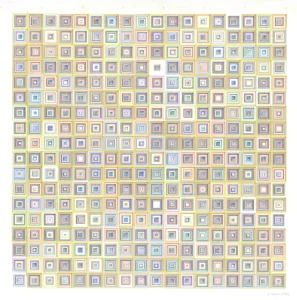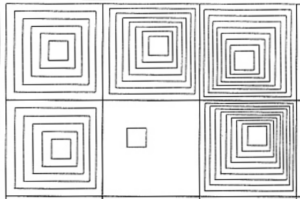Concept
My art assignment was inspired by a The Weeknd concert that I attended. I was amazed by the stage setting particularly how the lighting was done which I really liked. The criss-crossing lights that were constantly moving from all around the stage and changing colors perfectly rhymed with the vibe of the song being performed. If the song was more chaotic the lights would move faster and the color be more dark but when the song was more of chill the lights would move more slowly and be of more bright color. Adding to the video by Casey Reas on art, I came to visualize how the lights bear a chaotic theme in terms of movement and color but this chaos is what makes the concert more lively by creating a good vibe. This inspired me to try and recreate a similar thought but in terms of art. I do this by excluding the stage as a whole and just focus on the lights and the pattern of illumination and color. My art has light coming from the top and side which is moving to represent the light that is fixed to illuminate the stage alone. The circles which change size and color represent the moving lights that illuminate the audience.
Code Highlight
The part of the code that I am really proud of is how I executed the moving circles and making them change their size while moving.
// Changing size of circles
let size = 30 + sin(speed + i * 0.05 + j * 0.05) * 20;
fill((speed * 20 + i) % 255, (speed * 30 + j) % 255, 200);//random colouring
ellipse(x + sin(speed + i * 0.1) * 20, y + cos(speed + j * 0.1) * 20, size);
j += 50;
I implemented this by first ensuring that the circles have a minimum size. Then I used the sine function to generate values that change between -1 and 1. The sine wave makes the circles to move up and down and each circle having a different oscillation . Then by multiplying the sine function by the constant 20 ensures that the size of the circles also changes as they move. This whole results in the circles changing size in a wavy way. The circles also change color depending on their position on the screen which results in the circles having unique color in different places on the screen.
Visual Code
Reflection/Future improvements
I am proud of how I have been able to use loops to come up with something lively as compared to my first assignment. I am also proud of how I explored my creativity and being able to put down my experiences in terms of art using p5. For the future work I would like to have more user interaction with the art work like having mouse or keyboard engagement to directly change the art. I would also like to refine the movements of my art to be more complex and more random in order to embrace Casey’s logic of chaos. Other than that I am impressed with the art that i came up with and the progress that I have had.

